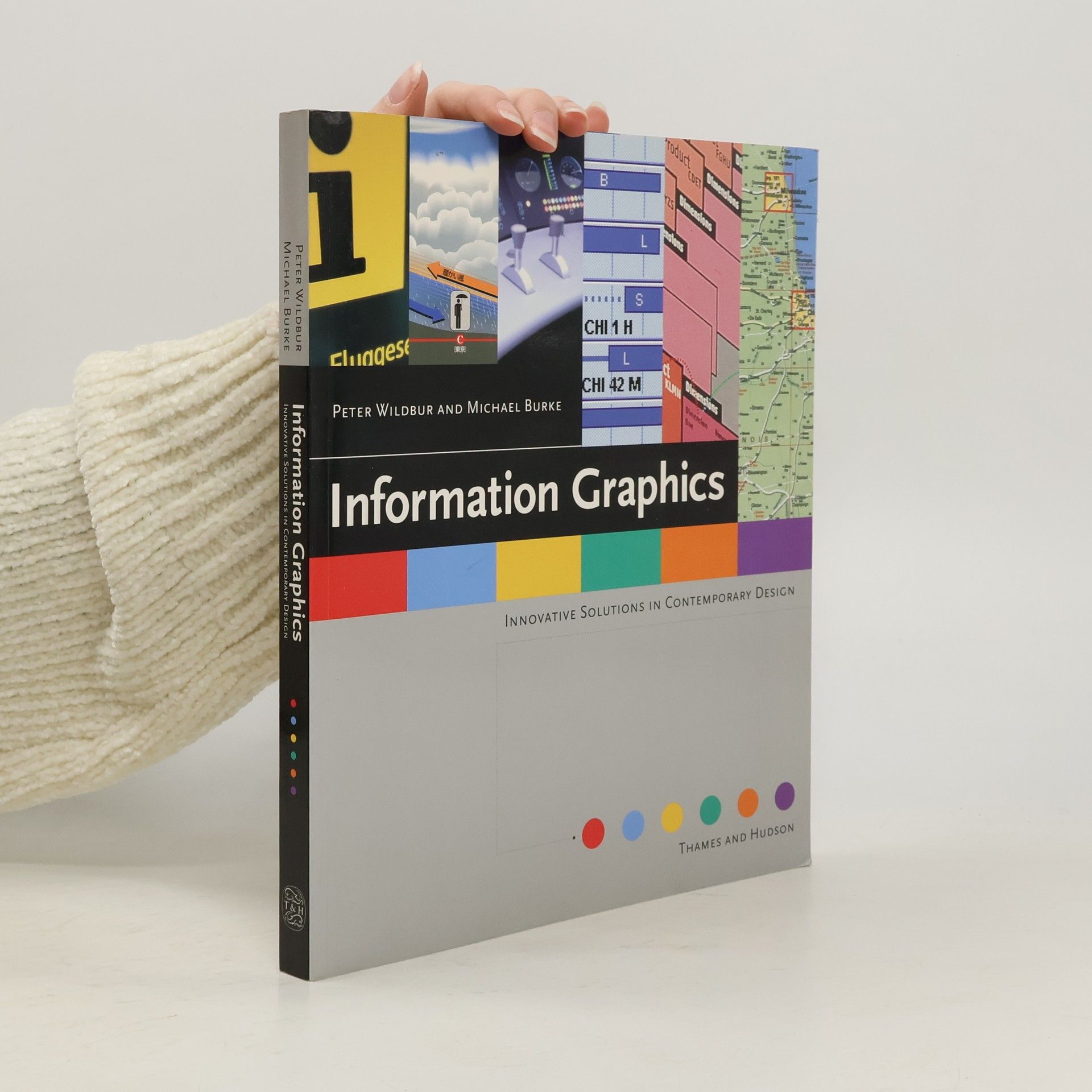Shows how design is used to convey travel information, show how things work, provide a clear computer interface, and depict geographic information
Michael Burke Boeken






From the sidewalk to City Hall, in the corporate boardroom, and around the kitchen table, The Heart of Toronto traces the power dynamics and projects that have transformed downtown Toronto.
Dynamics of a Social Language Learning Community
- 216bladzijden
- 8 uur lezen
This book presents an in-depth look at a social language learning space within a university context. Drawing on the literature from identity in second language learning, communities of practice and learner beliefs, it demonstrates how psychological phenomena shape a space and how a learning space can contribute to a wider learning ecology.
No one really dies in the Metaverse or do they? It is the near future, and the virtual realities of the Metaverse are home to millions of hard-core game addicts called Meta Junkies. Shea Britton is one of them. The top player in a fantasy simulation game called the Land of Might and Magic, Shea' s character, Darshana, is on a quest to rid the Land of an evil player known only as The Gray Warrior. The problem is, The Gray Warrior is hunting too, and he' s not playing a game. He is killing in the real world. Shea is unaware of the danger she is in, and it is up to the FBI' s Behavioral Analysis Unit' s top profiler, Parker Reid, to stop the killer before he reaches her.
This concise volume addresses the question of whether or not language, and its structure in literary discourses, determines individuals’ mental ‘vision,’ employing an innovative cross-disciplinary approach using readers’ drawings of their mental imagery during reading.
Schutz kartellrechtlicher Kronzeugen vor strafrechtlicher Sanktion.
Eine Untersuchung zu Notwendigkeit und Gestaltung einer Kronzeugenregelung im deutschen Kartellstrafrecht.